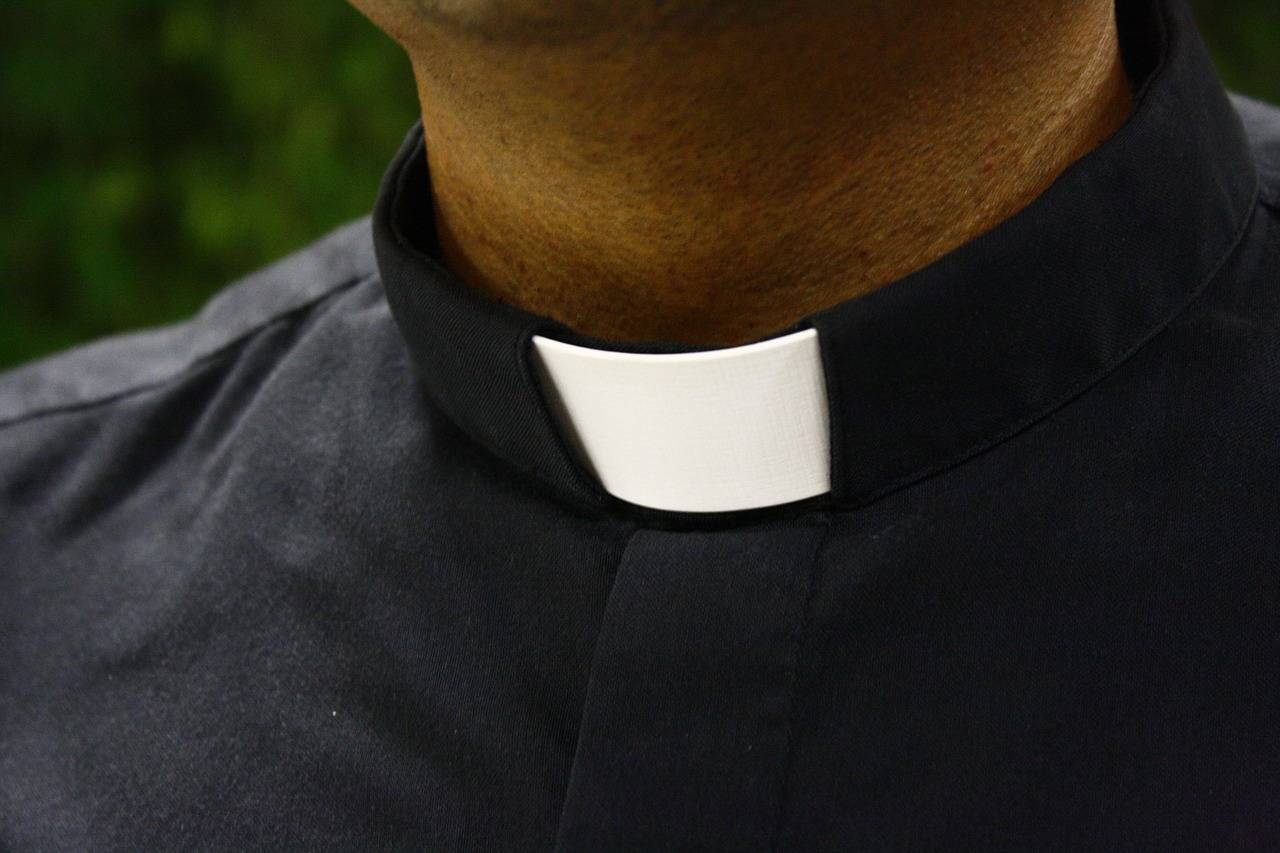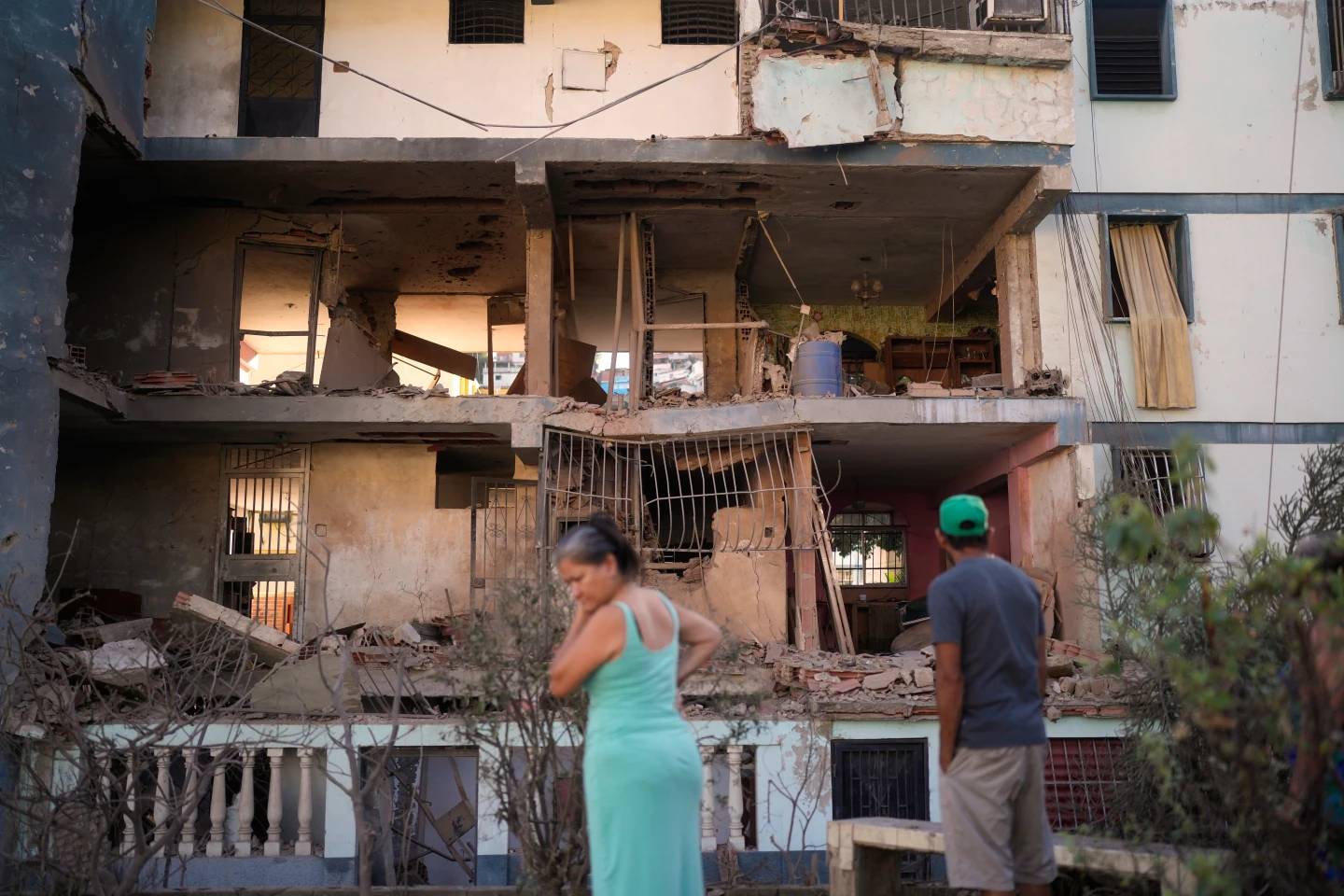SÃO PAULO, Brazil – Land conflicts grew in Brazil in 2019, which was President Jair Bolsonaro’s first year in office. According to the Bishops’ Conference’s Land Pastoral Commission (known as the CPT), there were 1,254 incidents in the country last year, an increase of eleven percent compared with 2018.
The CPT’s annual Conflicts in the Countryside report, published since 1985, showed that the number of murders grew from 28 in 2018 to 32 in 2019 and death threats went from 165 to 201.
Among nine indigenous persons that were killed in land conflicts in 2019, seven were community leaders – the highest rate of leaders killed in 11 years. About one fifth of the total number of land conflicts involved indigenous groups.
“We consider as land conflicts all occurrences in which companies or ranchers dispute the possession of federal lands that had already been occupied by peasants, indigenous peoples, and other traditional groups,” explained Paulo Cesar Moreira, a member of the CPT’s national coordination committee.
“Violence is inherent to such conflicts. Since colonial times, land has been an object of dispute in Brazil,” he told Crux.
According to the U.S.-born Sister Jean Ann Bellini, who is also a member of the CPT’s national coordination committee, land conflicts in Brazil are related to the existence of large portions of public lands owned by the government, which are the continuous focus of land grabbing.
Many times, such areas had already been informally occupied by peasants, indigenous groups or quilombolas, the descendants of slaves who fled captivity during the colonial and imperial times and settled in rural or forest regions.
“The process we’re currently witnessing in Brazil also happened in the United States, but on a different rhythm, in the 19th century,” she told Crux.
Even officially delimited reservations for indigenous people and quilombolas – as well as areas set aside environmental protection – are constantly invaded and exploited by cattle ranchers and illegal loggers and miners. Historically, most conflicts arise during such these incursions.
With the ascension of Bolsonaro, these incidents have greatly intensified, Moreira said.
“Since Bolsonaro’s election in October of 2018, there had been a rising violence in the countryside. He established a strong alliance with ranchers and they soon confirmed their stance, with an exponential growth in the actions against indigenous groups,” he said.
Bolsonaro many times expressed his opposition to the demarcation of lands for indigenous and quilombola communities. In August of 2019, he declared that there’s “too much land for so few Indians” and that he didn’t intend to give out new land grants, even though there are about 500 new requests waiting for the government’s approval.
He also implied that there were irregularities in previous demarcation processes and that indigenous peoples were selling their reservation lands to foreigners.
“In his administration, the government’s policies for the rural poor became even more precarious. Agribusiness became a force with direct political presence in the Executive, with high officials who come from that sector,” Moreira claimed.
Bellini pointed out that the budget for the federal agencies that monitor and fight the illegal occupation of land and environmental reservations has been reduced since former President Dilma Rousseff was impeached in 2016.
“The rural bloc in Congress has allied with the so-called Bible bloc [Evangelicals] and the Bullet bloc [pro-gun rights Congressmen], forming a huge bloc that backs the dismantling of policies that protected the reservations,” she said.
Many land conflicts have been happening in the Amazon, where large forest regions are poorly monitored by government agencies and the police.
“The indigenous lands, which have been more preserved, are richer in natural resources, so they’re the most coveted areas,” said Moreira.
The region saw a huge rise in wildfires and deforestation in 2019, which Moreira said were often instigated by local ranchers who wanted to take possession of protected lands.
“The process is still going on. This year, between January and April, the number of wildfires in the Amazonian State of Acre grew 125 percent,” he said.
And things are getting worse. Since the COVID-19 pandemic reached Brazil, the number of agents monitoring reservations has declined, added Bellini.
“Land grabbers, illegal miners, and illegal loggers are working at full blast, usually accompanied by henchmen. Several communities are currently in danger,” she told Crux.
Although 2019 brought an escalation of land conflicts, it also saw a remarkable increase in protests organized by the affected communities against the invasion of their lands and the accompanying violence.
At least 1,301 protests were organized last year, with a total number of 243,712 participants.
“There’s a growing consciousness of the need to organize among rural and forest communities. In the past few years, many times we heard traditional peoples and peasants saying that knowing their rights is not enough, given that the State doesn’t respect the law,” Bellini said.
Moreira said he believes the Brazilian Church’s support to the rural and forest peoples has intensified since Pope Francis published the 2015 encyclical Laudato Si’ and called last year’s Amazon synod.
“The Synod for the Pan-Amazon region was an illuminating process, which invigorated the work of our pastoral agents,” Moreira said.
















